7 Reasons to Visit Podocarpus National Park, Ecuador: Hiking, Birds (37 Photos)
Ecuador’s Podocarpus National Park is said to have some of the highest plant and animal diversity in the world. In this post, we share 7 reasons to visit this amazing place.
7 Reasons to Visit Podocarpus National Park
Podocarpus National Park covers an area of just over 1460 km2, with an elevation range from around 700 meters above sea level to over 3700m.
Podocarpus is a:
- National Park (established in 1982)
- Biosphere Reserve (recognized by UNESCO in 2007)
- Ramsar Site (declared in 2012)
The park straddles Loja and Zamora, two provinces in southern Ecuador.
Let’s learn 7 reasons why you should visit this megadiverse National Park.
More reading: Buyers Guide to the Best Sun Protection Hats – specifically for travelers to Ecuador.
1. Endemic Plants & Elfin Forest
Podocarpus National Park is considered the “Botanical Garden of America.”
There are around 4000 plant species in the park, and 40% of them are endemic, which means you can’t find them anywhere else in the world.
Interested to photograph some of these areas on your trip? Here’s how to choose Best Camera for Travel.
There are many unique tree species, like the Podocarpus glomeratus from which the park gets its name. You’ll also find a large number of orchids in Podocarpus.
Because of the range of elevation in the park you can explore lower montane rain-forests (at about 1000m) and high altitude elfin forests (at about 3000m). These forests have distinctly different ecosystems.
Here are just some of the animals that live in Ecuador’s rainforest.
The high-altitude elfin forest is a rare ecosystem with miniature trees. The trees are usually between 5 to 8 meters tall with shallow root systems.
Most of the moisture in this type of forest comes from mist and fog when the clouds move from lower elevations up over the mountains.
The epiphytes (air plants) really add to the unique look of the elfin forest, there are usually more in this forest than in other types of forests.
The park is so unique and biodiverse because it covers an area where coastal dry vegetation meets the more humid Amazon and Andes ecosystems.
2. Rare Mammals in Podocarpus National Park
Four of the 68 mammal species in Podocarpus National Park are on Ecuador’s Red List as either endangered or vulnerable.
The vulnerable or endangered 4 are the:
- Spectacled bear (Tremarctos ornatus)
- Northern pudu (Pudu mephistophiles)
- Mountain tapir (Tapirus pinchaque)
- Jaguar (Panthera onca)
While it’s rare to see large mammals at the park, it does happen. Here’s a short video clip of a spectacled bear.
The video quality is a little fuzzy, but still gives us the feel of how exciting it would be to see one in the wild.
Video of Wild Spectacled Bear at Podocarpus National Park:
Other mammals in the park include the common grey shrew opossum, the dwarf deer, the amazonian hog-nosed skunk, spider monkeys, and the ocelot.
3. So Many Birds!
Podocarpus is home to over 600 bird species! This park is a bird lovers’ paradise.
Among the bird species are 81 different kinds of tanagers and 61 species of hummingbirds.
Among others, you can see the Andean cock-of-the-rock, toucans, the Neblina Metaltail, and the White-breasted Parakeet.
You may also see some interesting bird nests throughout the park.
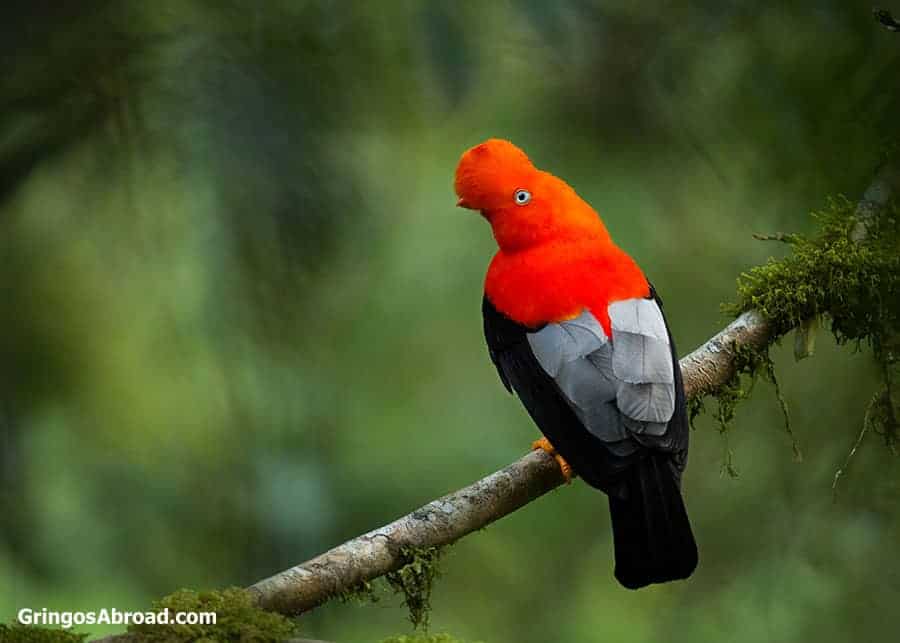
If you’re serious about bird-watching in Podocarpus it’s recommended that you hire a guide or travel with an agency. It can be difficult to locate the birds on your own.
The guides know the best times and places to see the birds, they can also recognize them by their calls which can help with location.
4. Podocarpus National Park Hiking
There are 7 trails for hiking in Podocarpus National Park. They are of varying difficulty and take you through different ecosystems.
- If entering from Loja ask your taxi to wait while you register (entrance is free) and then to drive the 8 km to the Refugio (ranger station) and trail heads.
- If entering from Zamora, you’ll have a 15 to 20 minute walk from the entrance to the visitors center where you can get information about the hiking trails.
There are two main entrances to Podocarpus National Park:
- To access the higher elevations – Cajanuma in Loja
- To access the lower elevations – Bombuscaro in Zamora
4 Cajanuma Trails (Loja):
- Oso de anteojos: A 400m return hike that takes you through the cloud forest.
- Bosque Nublado: A 700m hike that takes you around the side of a mountain. You’ll see a cloud forest and enjoy a look-off point on this hike.
- Los Miradores: A 5km hike that takes you through the cloud forest, and the Loja, Vilcabamba and Malacatos valleys. (This is a very popular hike. It’s recommended to hike it counterclockwise.)
- Lagunas del Compadre: A 14.5km hike that takes 2 days. This hike requires a guide and takes you to Lagunas del Compadre where you can camp and go sport fishing.
3 Bombuscaro trails (Zamora):
- Cascada la Poderosa: A hike of about 500m that takes you through the rainforest to a beautiful waterfall.
- Al Mirador: A 1km return hike that takes you to a lookoff with breathtaking views of the mountains and the city of Zamora.
- Higuerones: A 2km return hike where you’ll see an orchid garden and the Bombuscaro river.
Along with Podocarpus National Park hiking, camping is available in both locations. You can also swim, go horseback riding, and do some sport fishing.
At higher elevations, like on the Lagunas del Compadre trail the weather can be beautiful or brutal. The following videos will give you a taste of both.
Lagunas del Compadre: Podocarpus National Park
Beautiful weather:
Brutal weather:
For the higher elevation trails, it’s best to pack warm waterproof clothing, a hat, gloves, and sturdy hiking shoes/boots.
At lower elevations (the Bombuscaro trails) the weather will be warmer, but may still be wet.
Don’t forget your sunblock and bug-repellent.
5. The Lakes of Podocarpus National Park
The lakes are one of the main attractions of the park. There are 50 glacial lakes in the central area of Podocarpus. This was declared a Ramsar Site in 2012.
The lakes support many mammal and bird species. There are also rivers and waterfalls in the park.
6. Butterflies in Podocarpus National Park
Along with other insects, you are very likely to see lots of beautiful butterflies. Many visitors are thrilled to see the Anna’s eighty-eight butterfly.
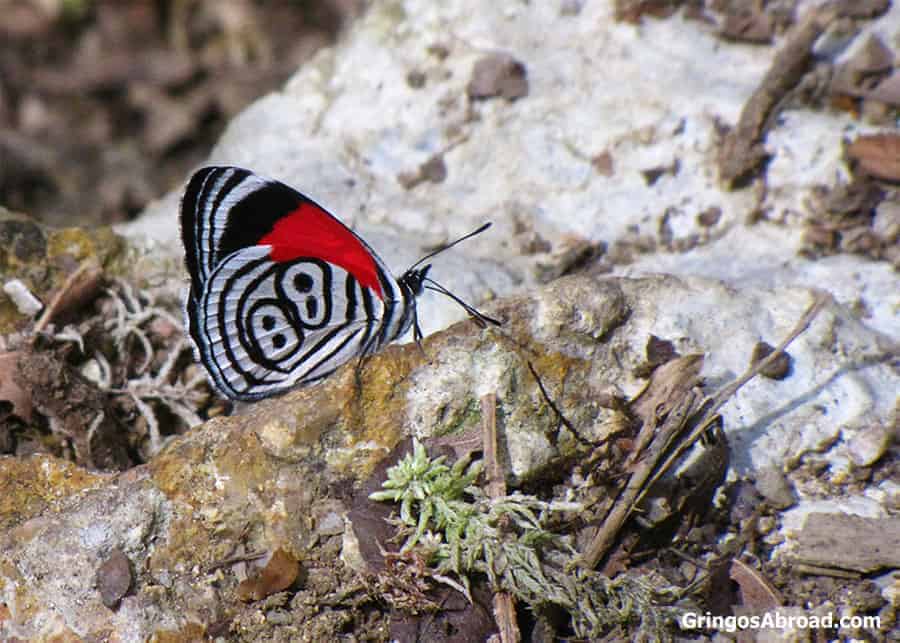
7. Orchids and Unique Flowers
There is an orchidarium (orchid garden) inside the park. Along with the orchids seen there, you can see them growing wild throughout the park. Many are endemic and ornamental.
You’ll also see many other unique plants as you hike through the different ecosystems in the park.
You may enjoy reading about the orchidarium in Cuenca.
Hungry for more? Learn about all 35 National Parks, Reserves and Refuges in Ecuador.
Podocarpus National Park Map
How to get to Podocarpus National Park: To get directions to Podocarpus National Park click the directions arrow on the following map and then click on your current location (or the location you’ll be staying in while in Ecuador).
Map of Podocarpus National Park
This is a map of Podocarpus National Park itself. The park is in the south of Ecuador bordering Peru. The yellow shows the Biosphere Reserve, and the dark green is the National Park.
Podocarpus National Park and You
Have you been to Podocarpus, or will you visit while in Ecuador? Please let us know by commenting on this post.
Thanks to National System of Protected Areas for help with research for this post!
Read more about travel and living in Ecuador.

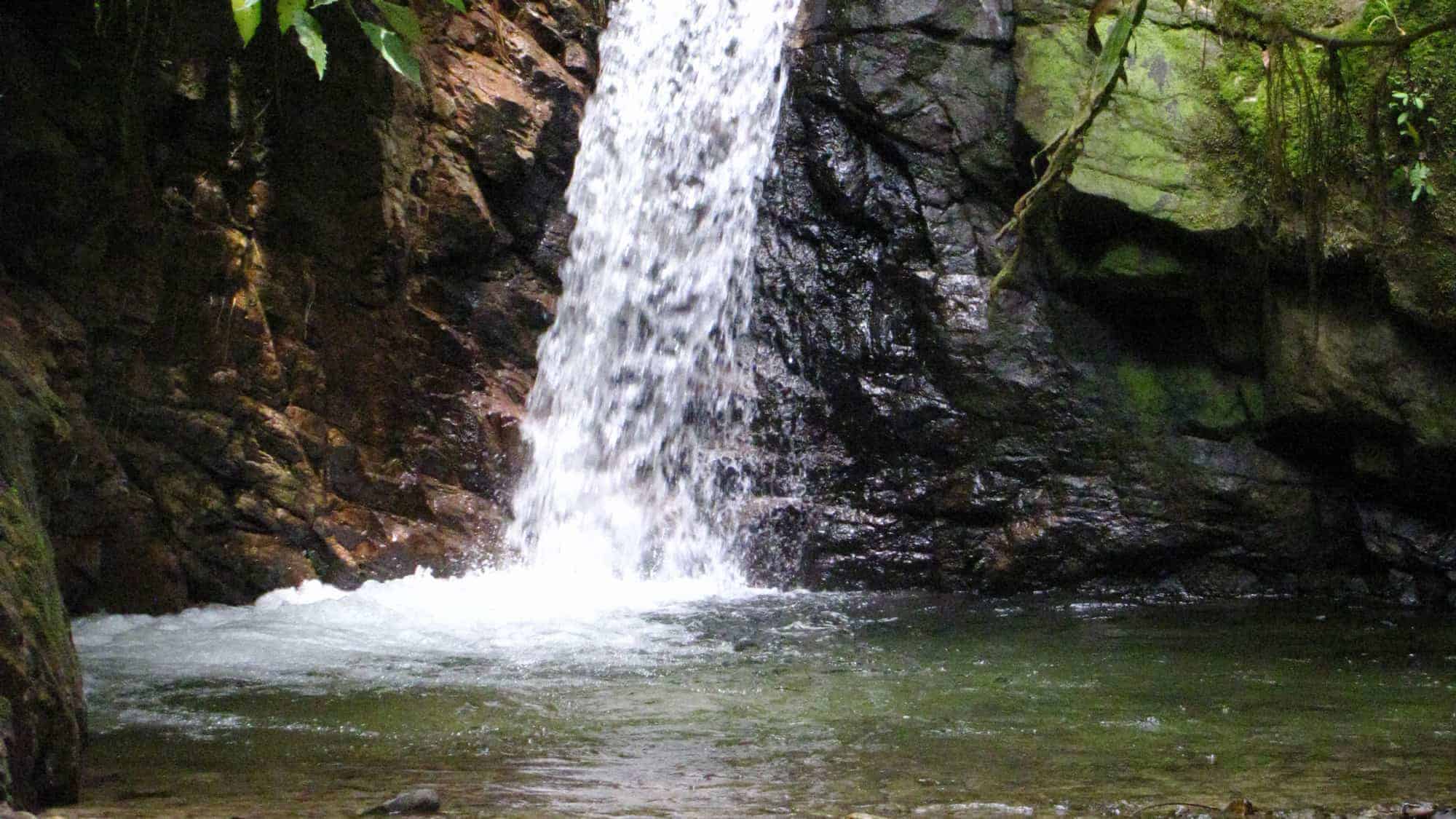
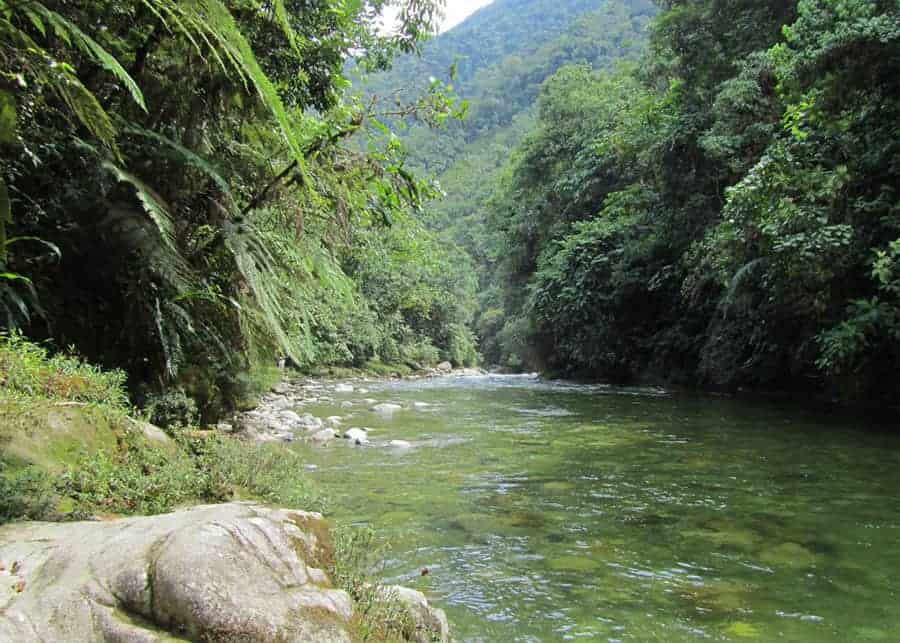
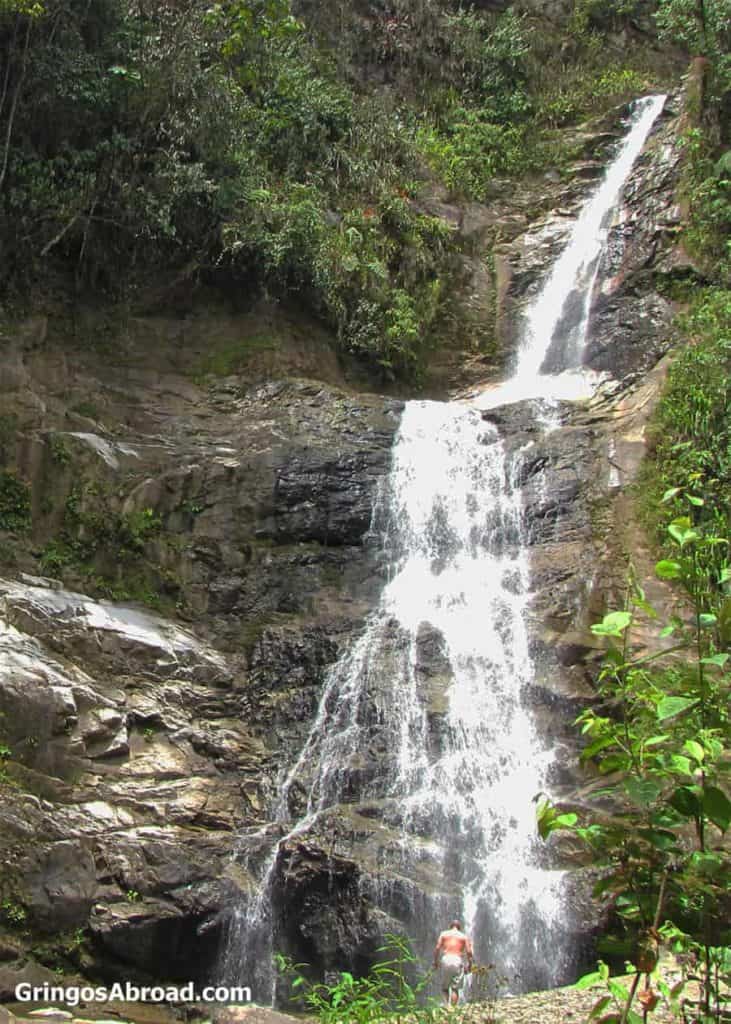
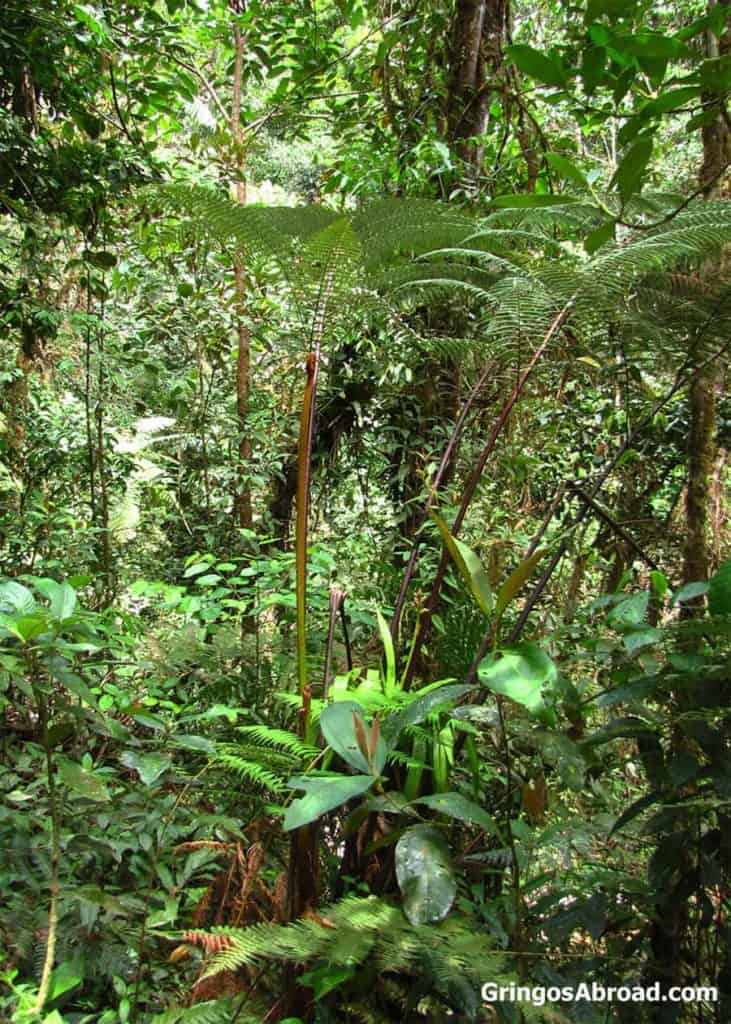
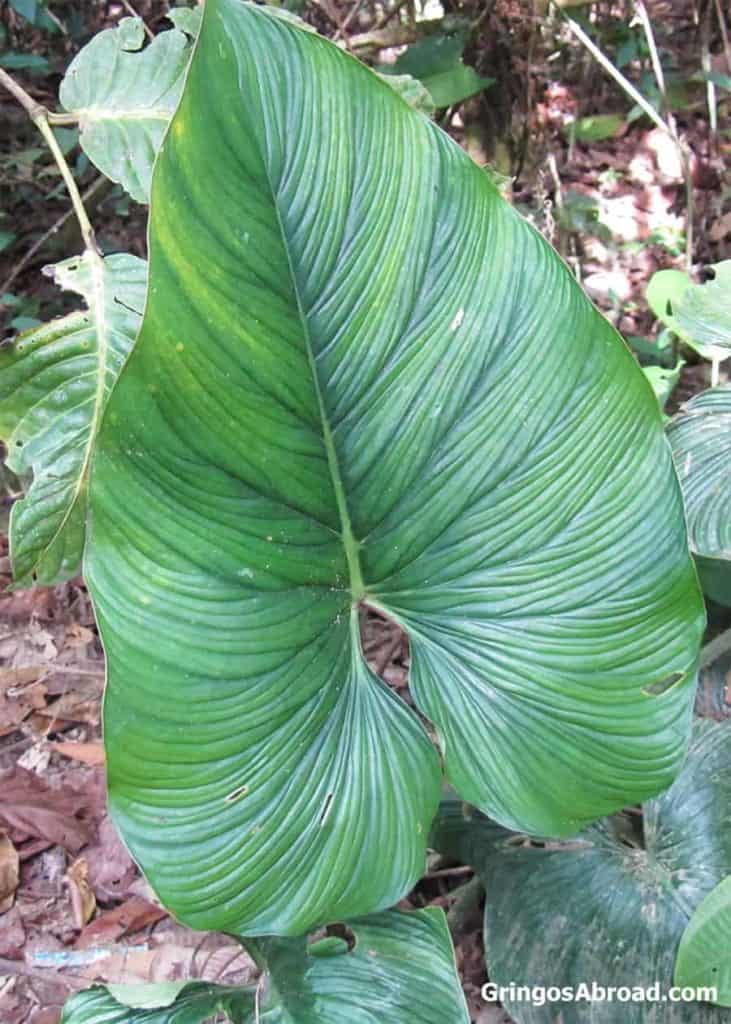
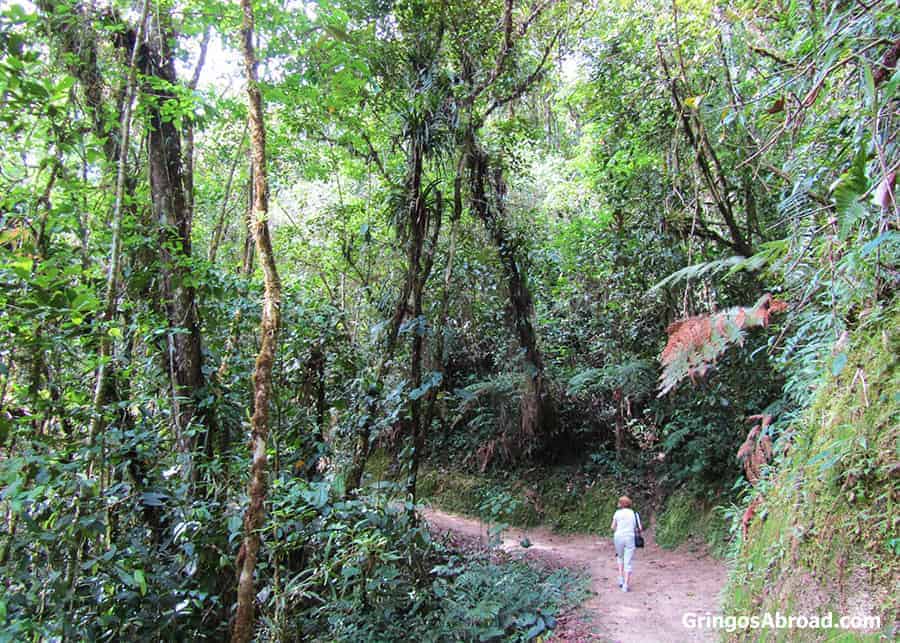
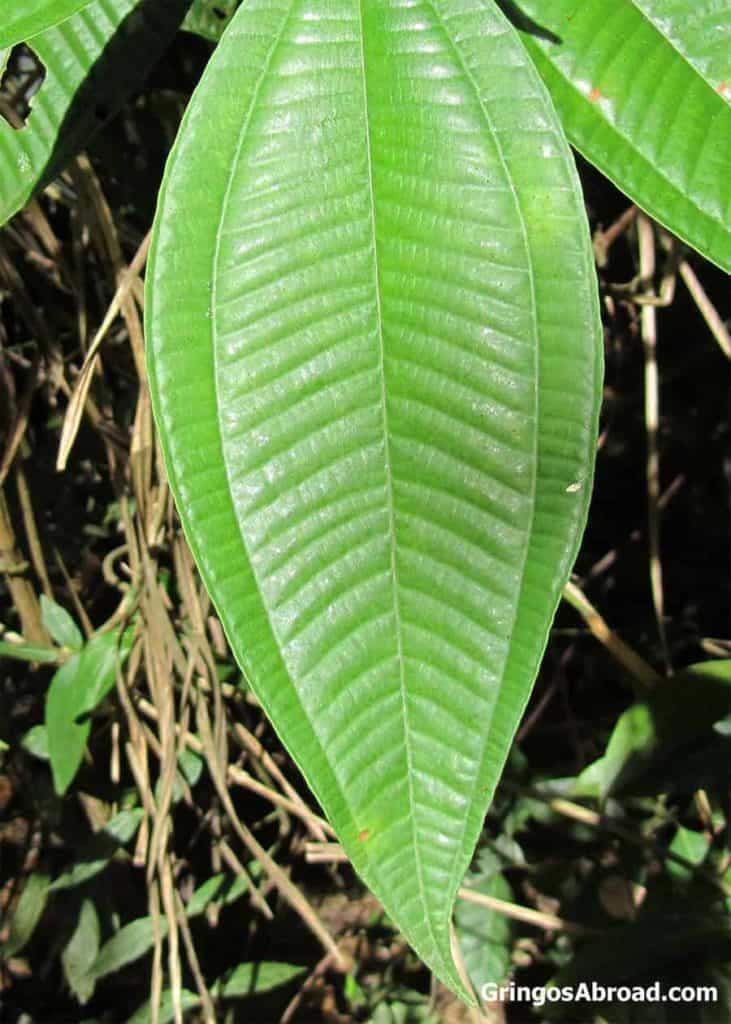
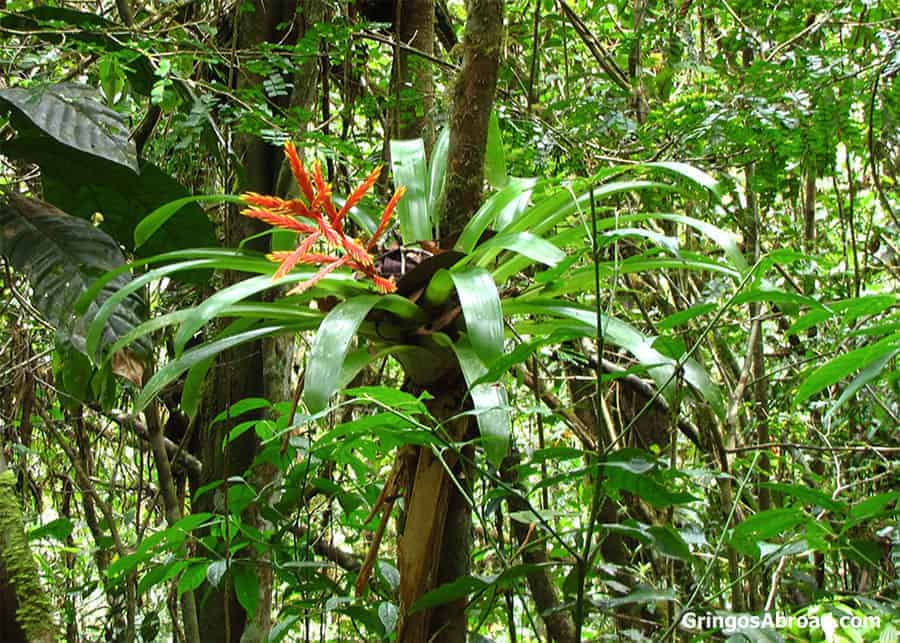
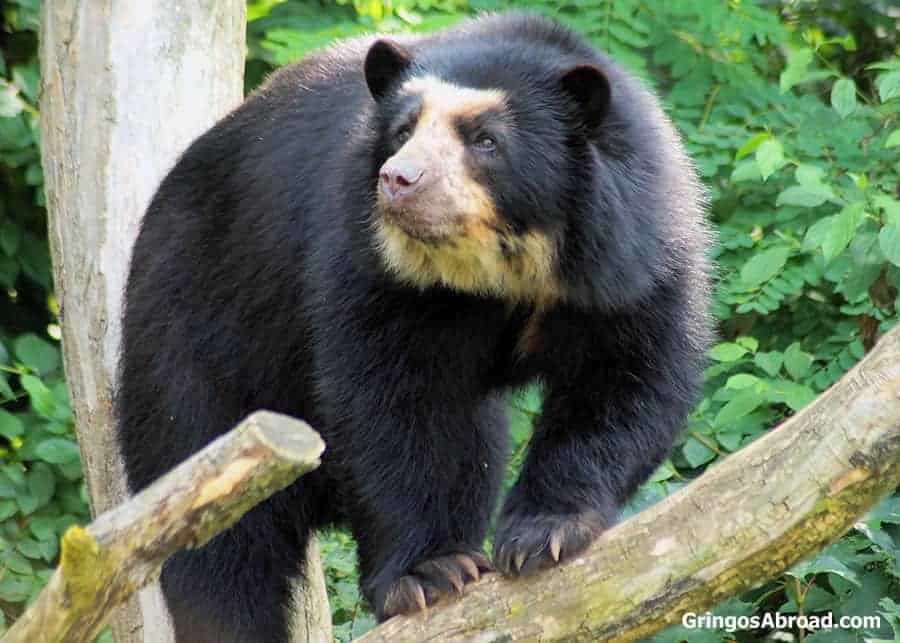
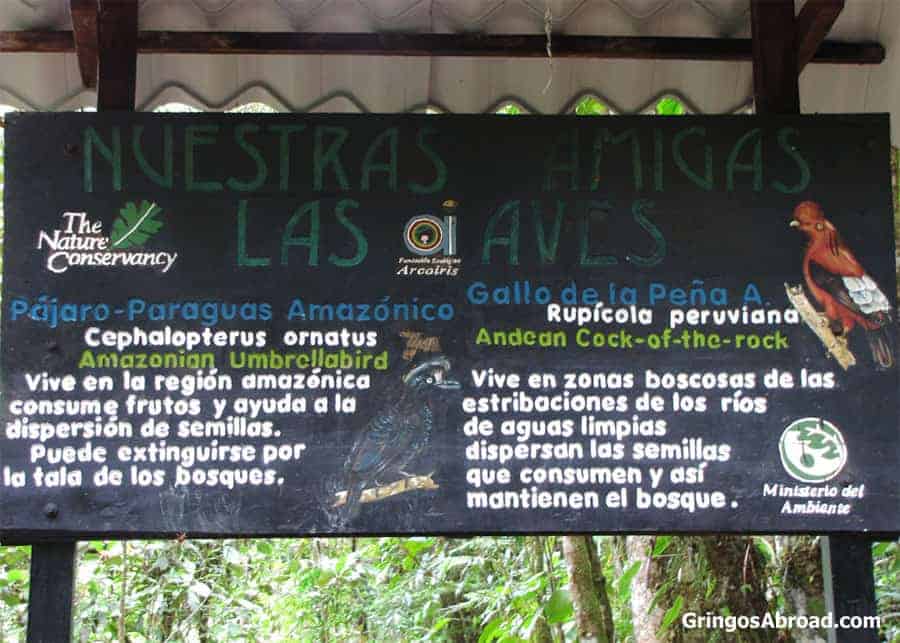
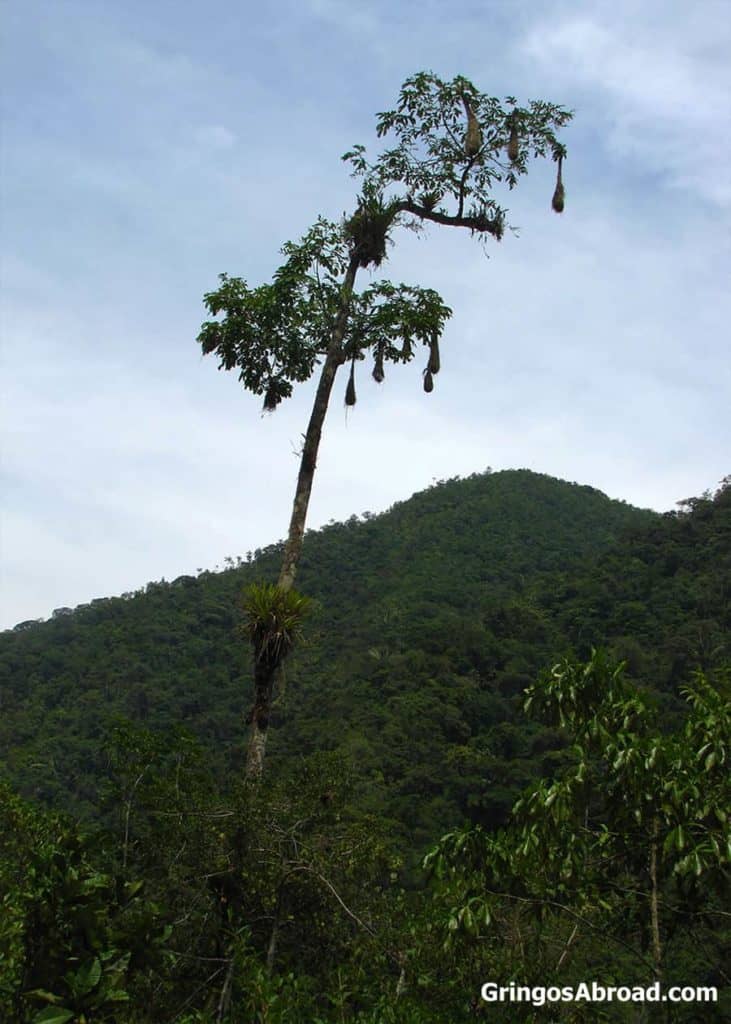
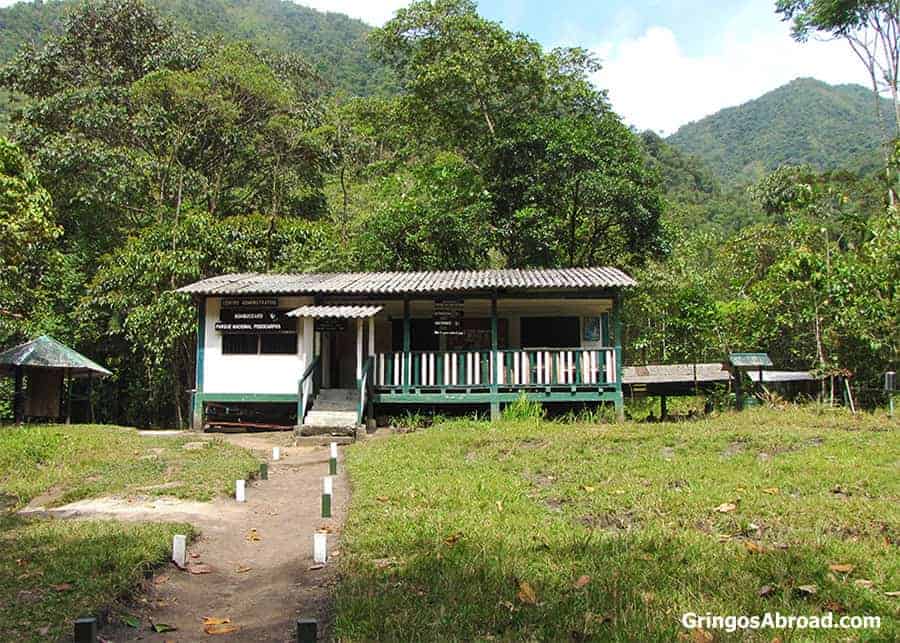
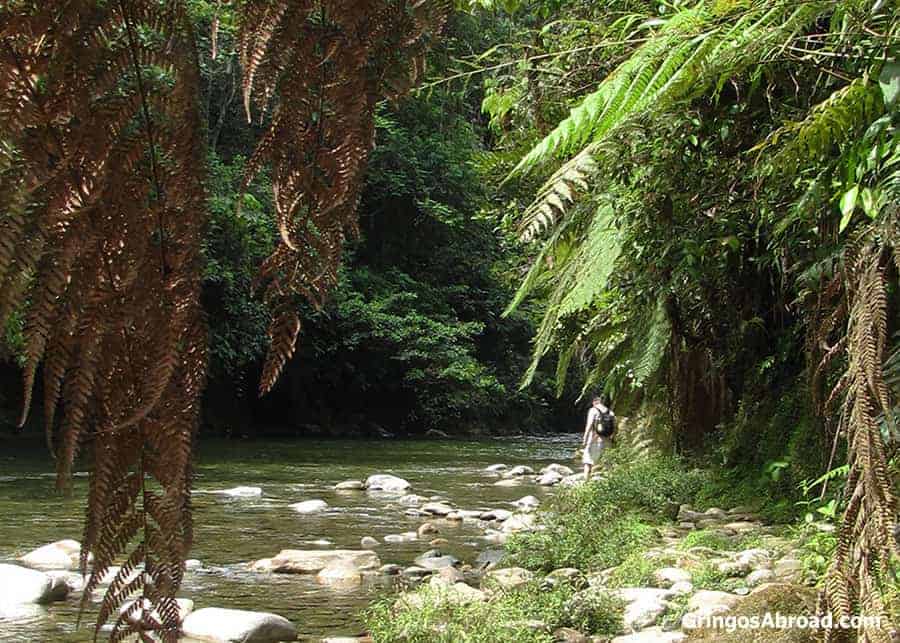
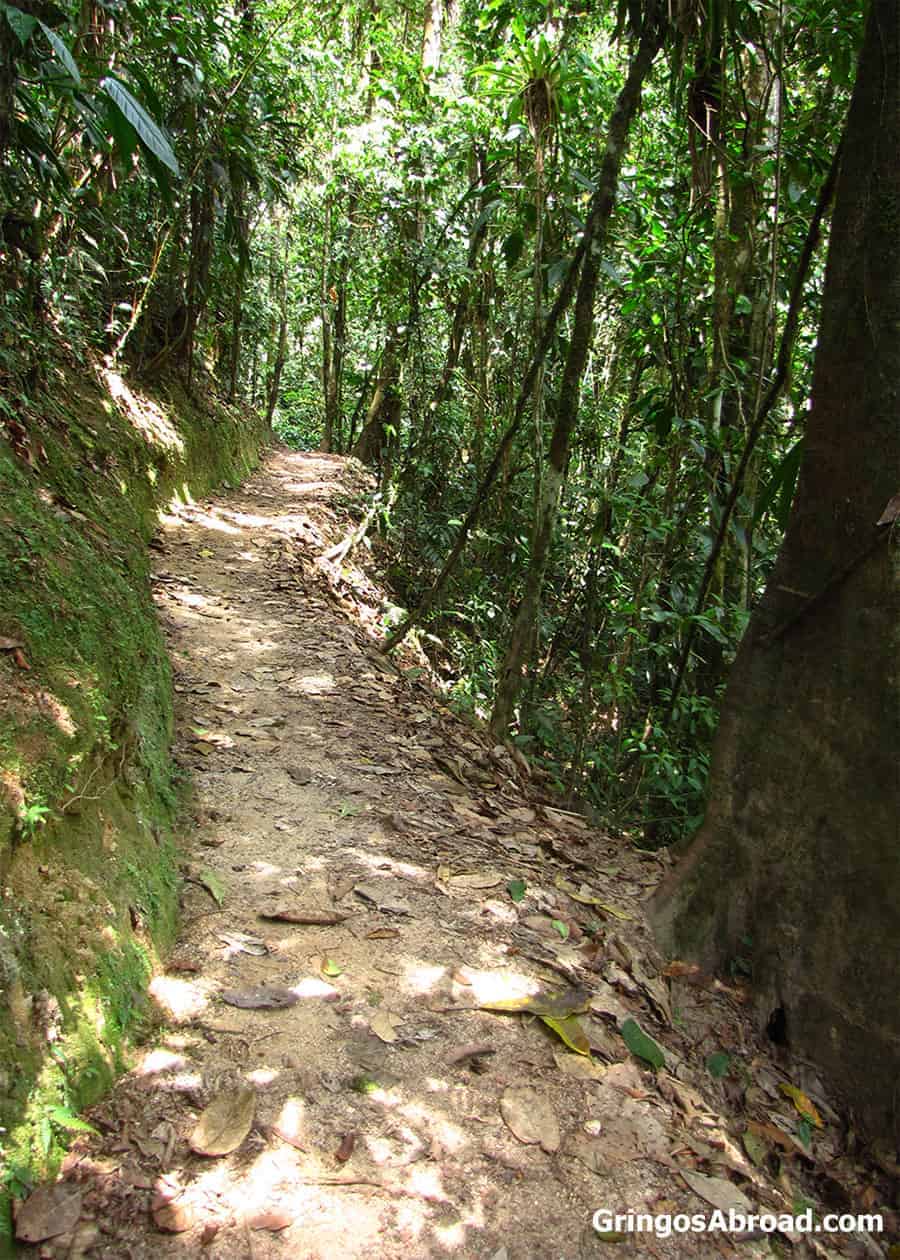
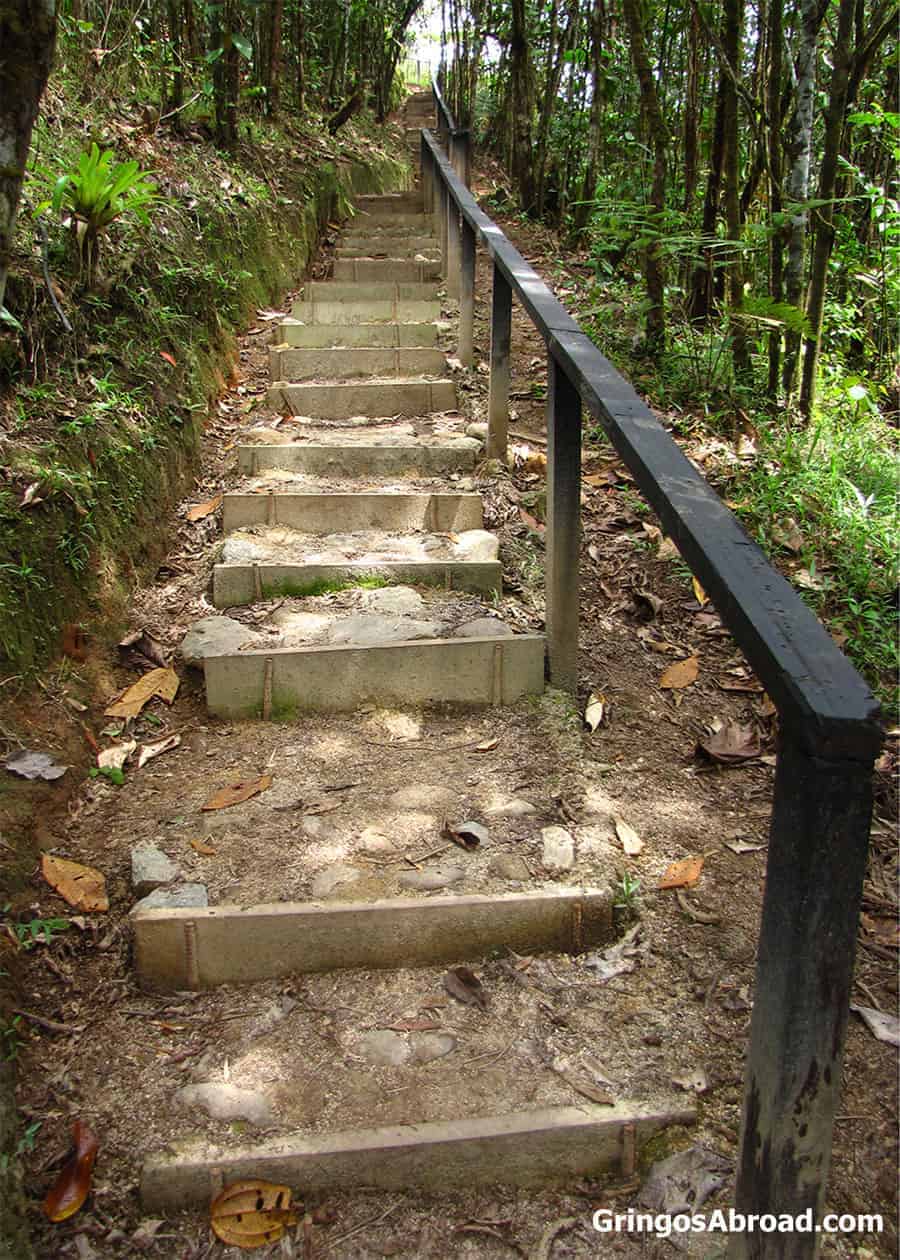
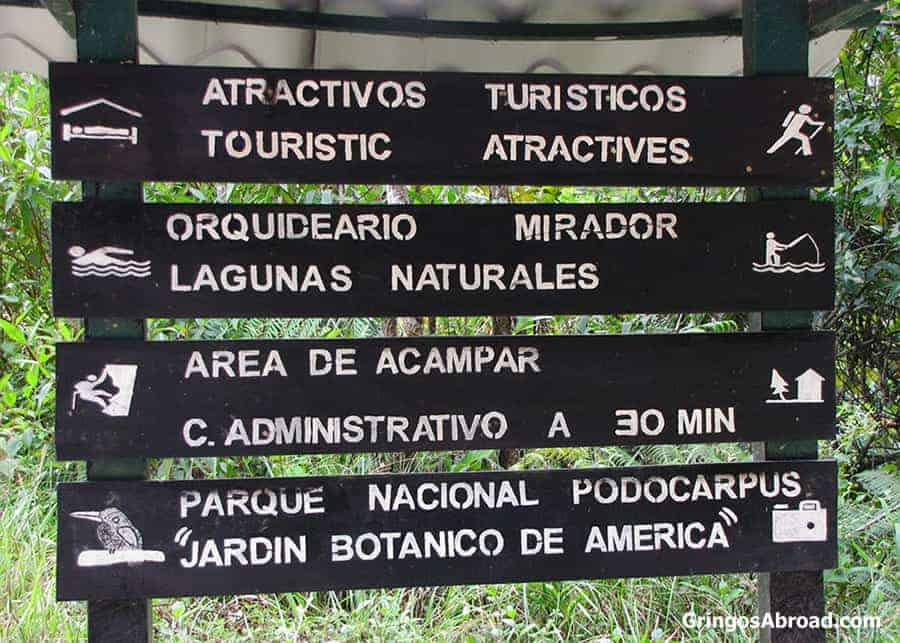
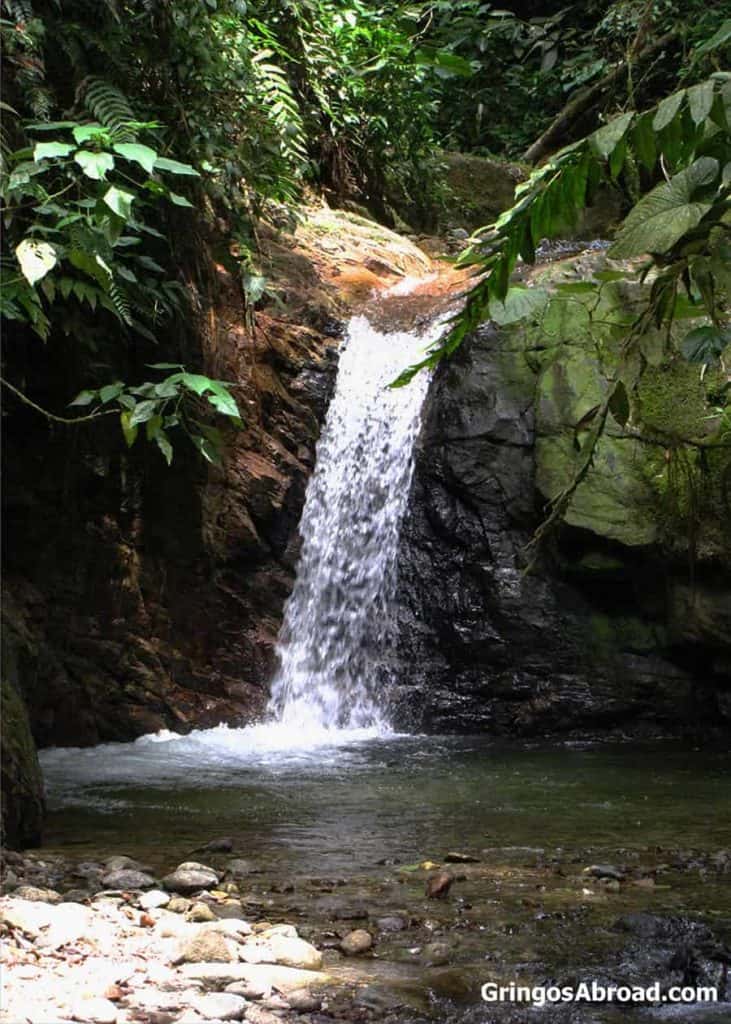
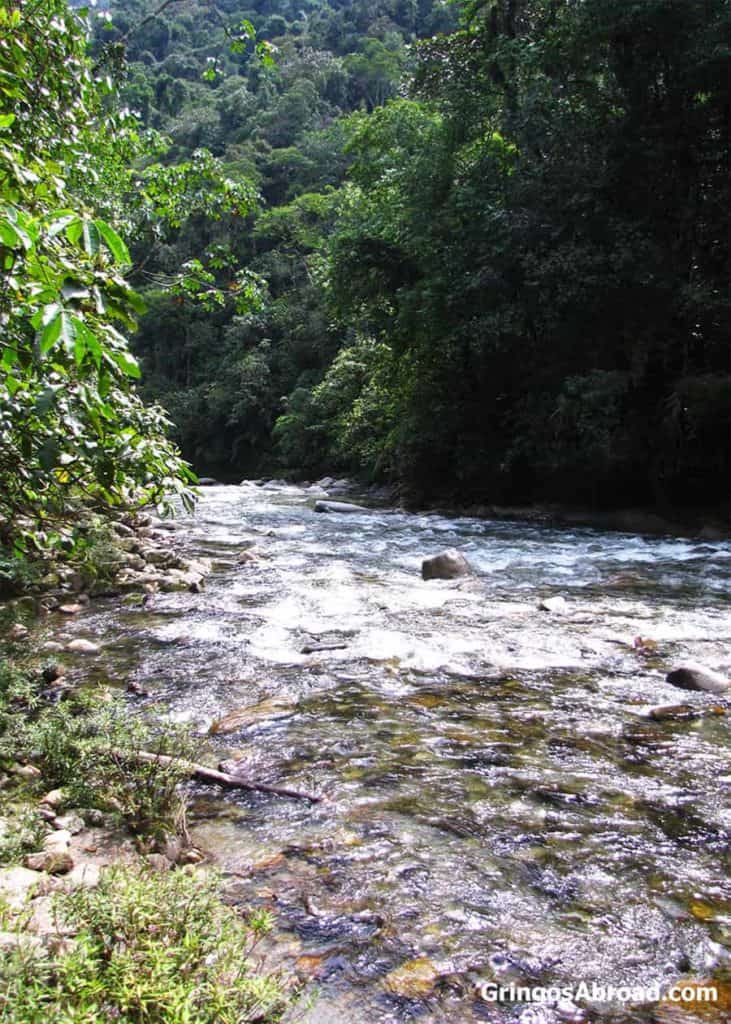
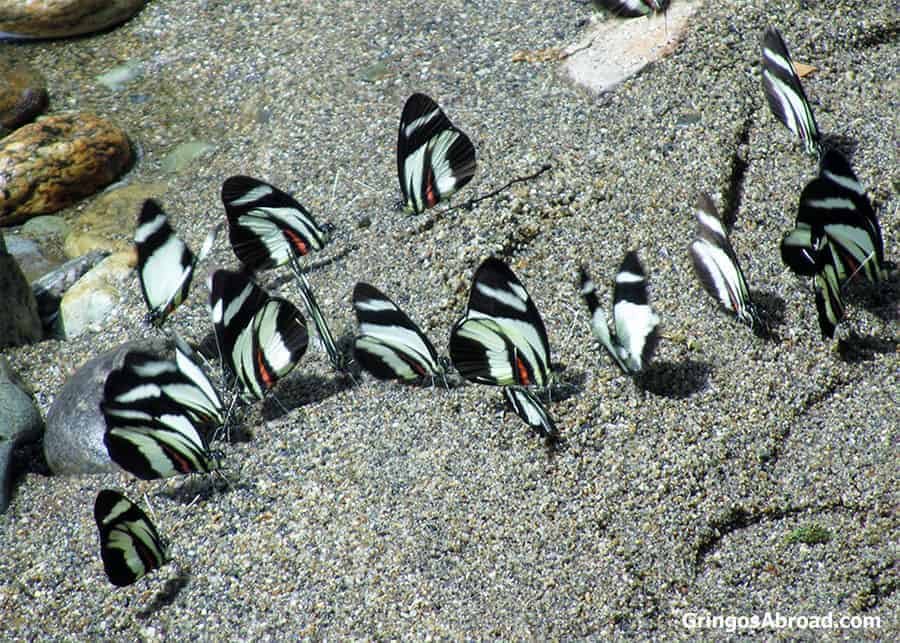
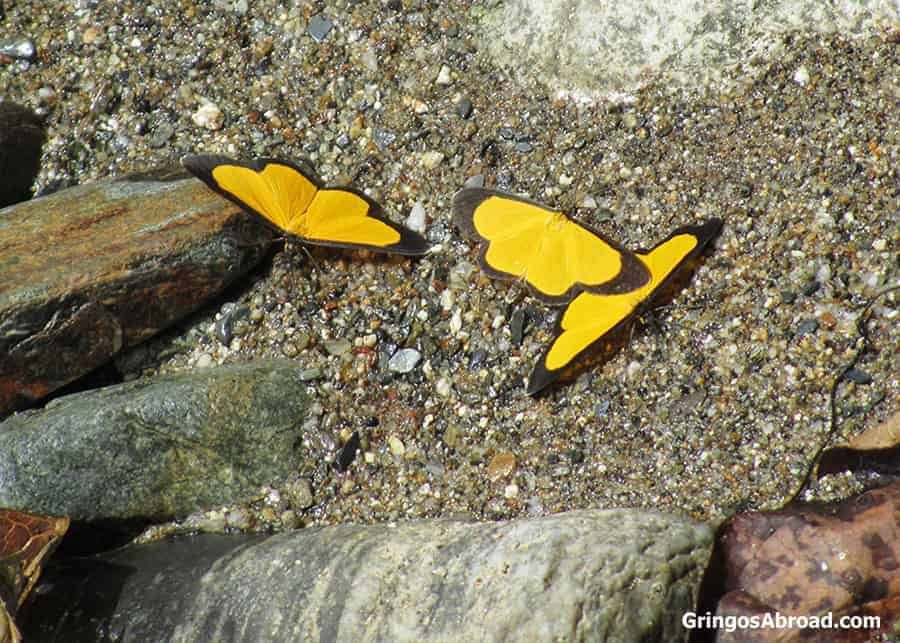
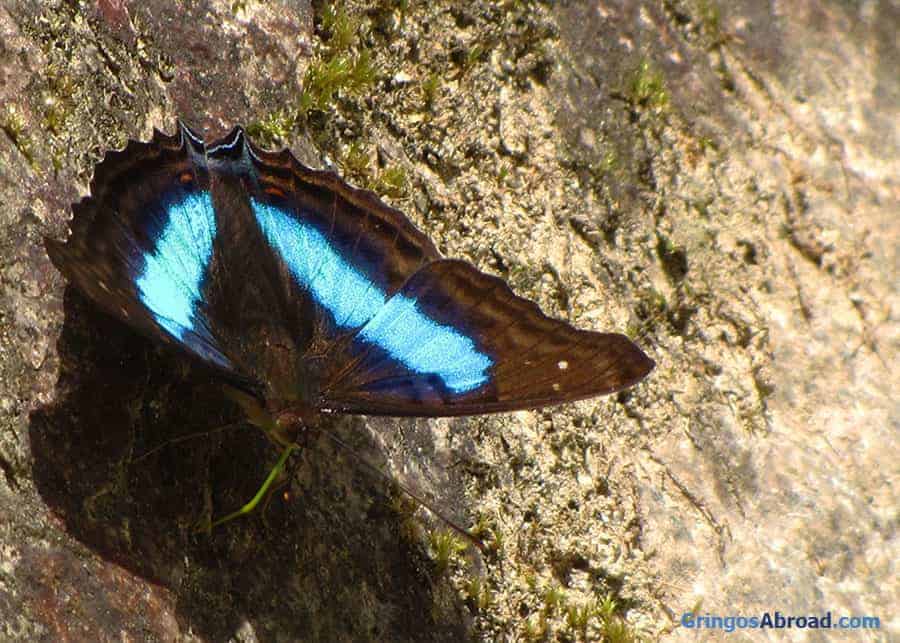
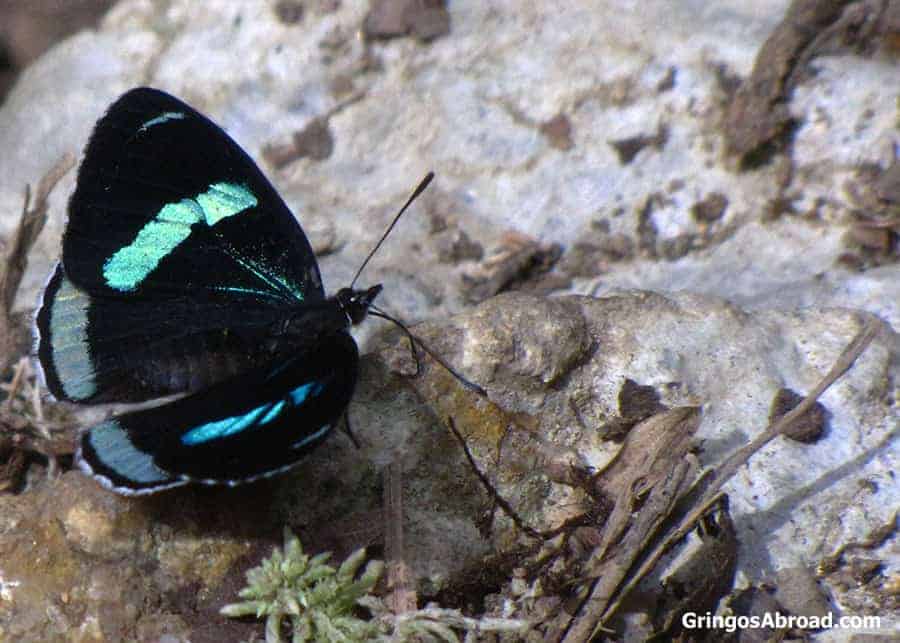
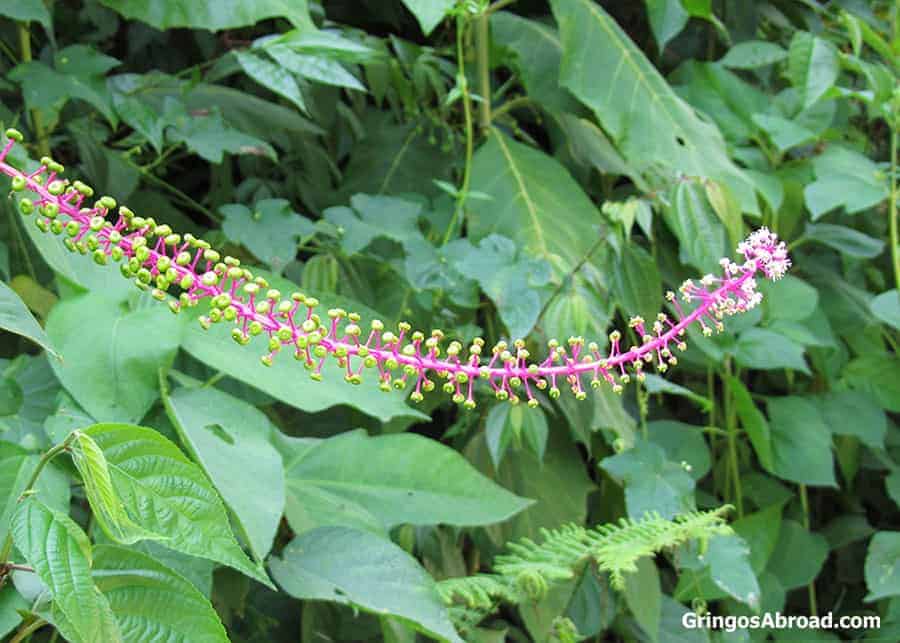
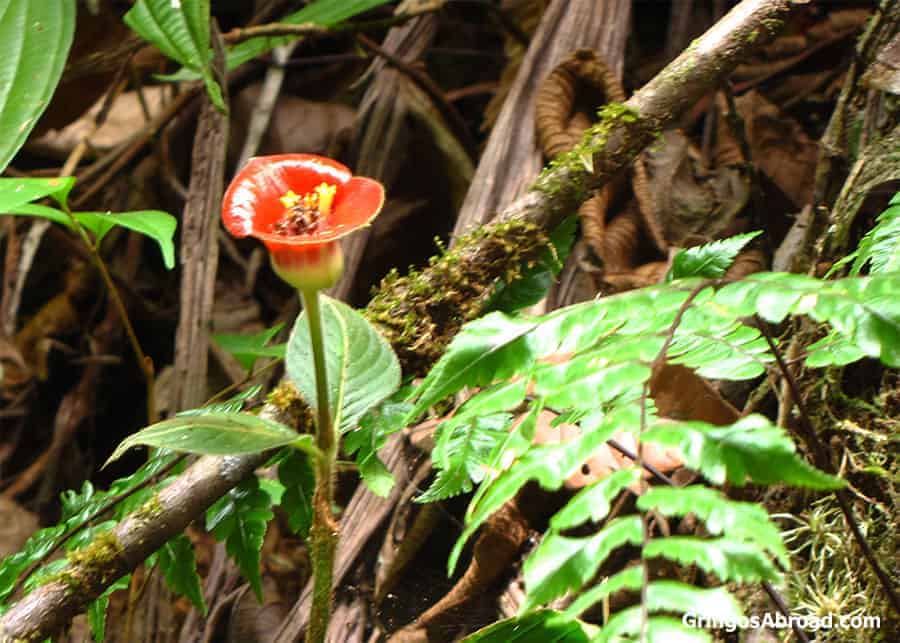
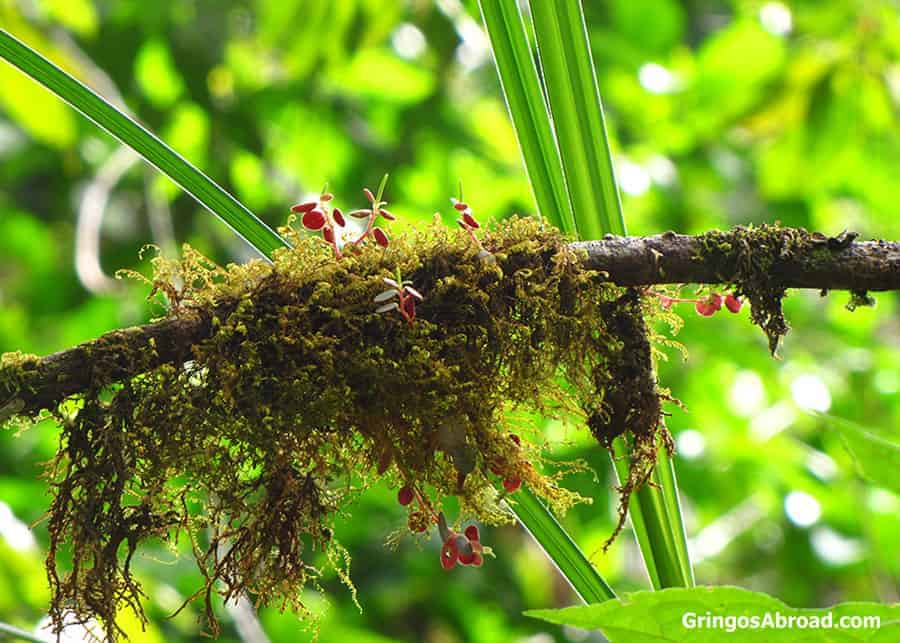
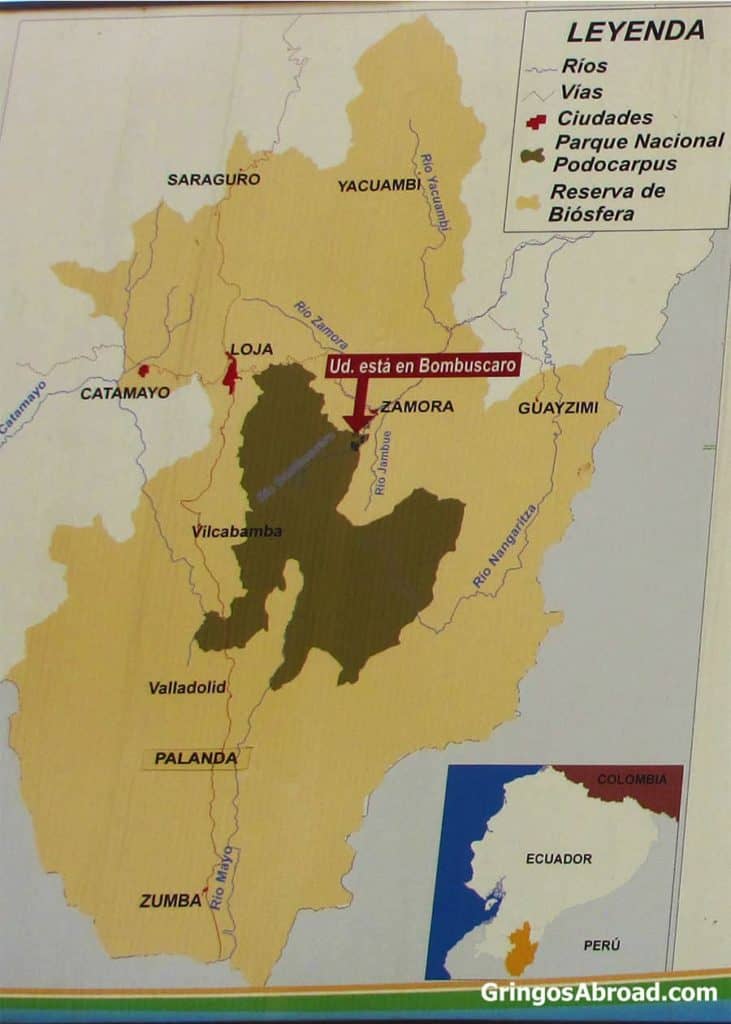
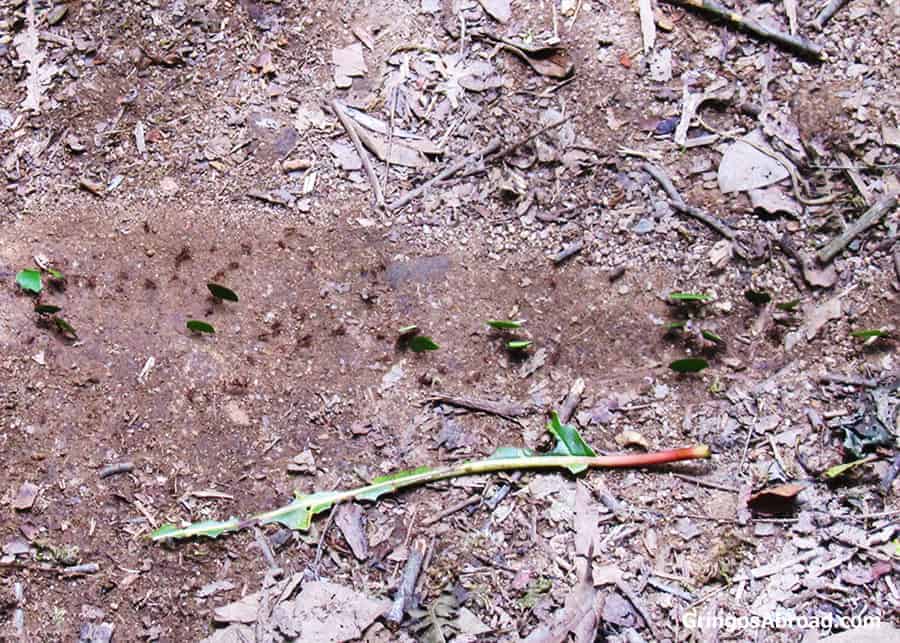
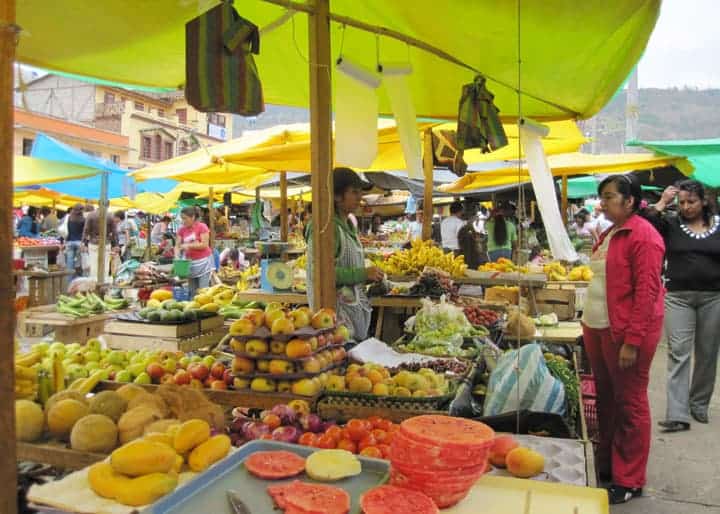
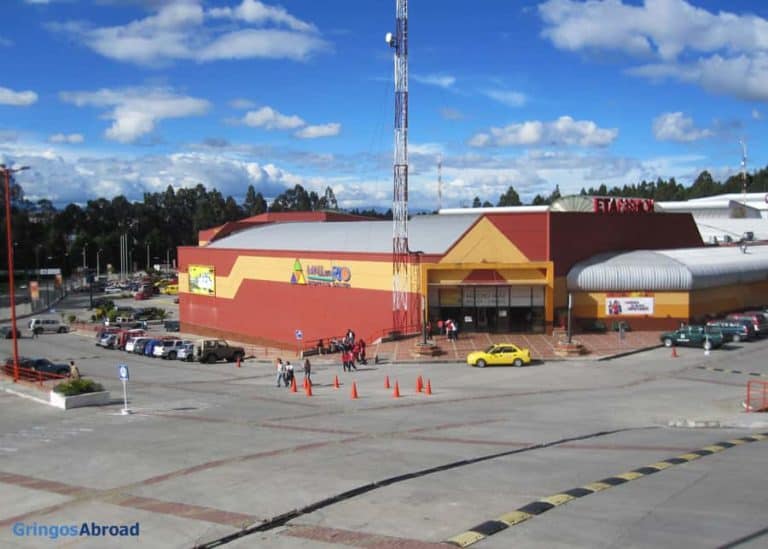
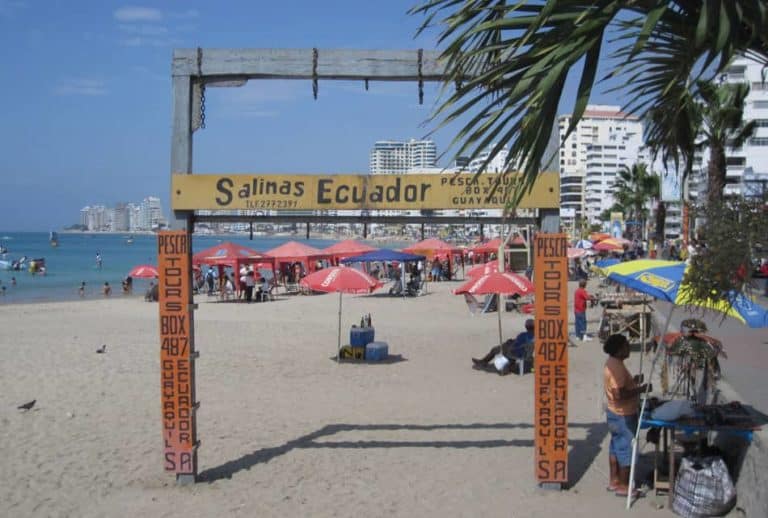



I’ve literally just published my blog post on hiking the Miradores Trail in Podocarpus National Park. I LOVED this hike! And although I had lots of fog and couldn’t see any of the vistas from the miradores, the biodiversity was incredible and it is one of my favourite hikes I’ve done (and I’ve done a lot!)
I only had 1 day to hike from Loja, but will definitely return to do more trails in Podocarpus – especially the lakes trail.
Thank you for all your wonderful e-mails, i save them all, I had planned on retiring to Ecuador by the end of 2010, but the recession, and a couple other problems put that on hold. In one communication to another “expat” website, i commented on how much I admired the country, and was looking forward to retiring there soon, and growing my own chocolate: I actually received an e-mail from past President, Rafeal Correa, the very next day, thanking me for the nice things I said about his country, his ending salutation was: “as long as I`m President, you will always be welcome here.” Your e-mails are very nice, informative, great pictures, and well put together, thank you.
The beautiful and breathtaking photos captured nature in all its glory.
Needless to say, how much I love Ecuador 🙂 three times I have visited the beautiful country. In Mindo, I saw some of the beautiful birds and butterflies which were featured in this video.
Thanks for sharing,
Cheers,
Lourdes
Montreal, QC, Canada.
These pictures of Podocarpus Park are beautiful, colorful, awesome, absolutely spectacular!